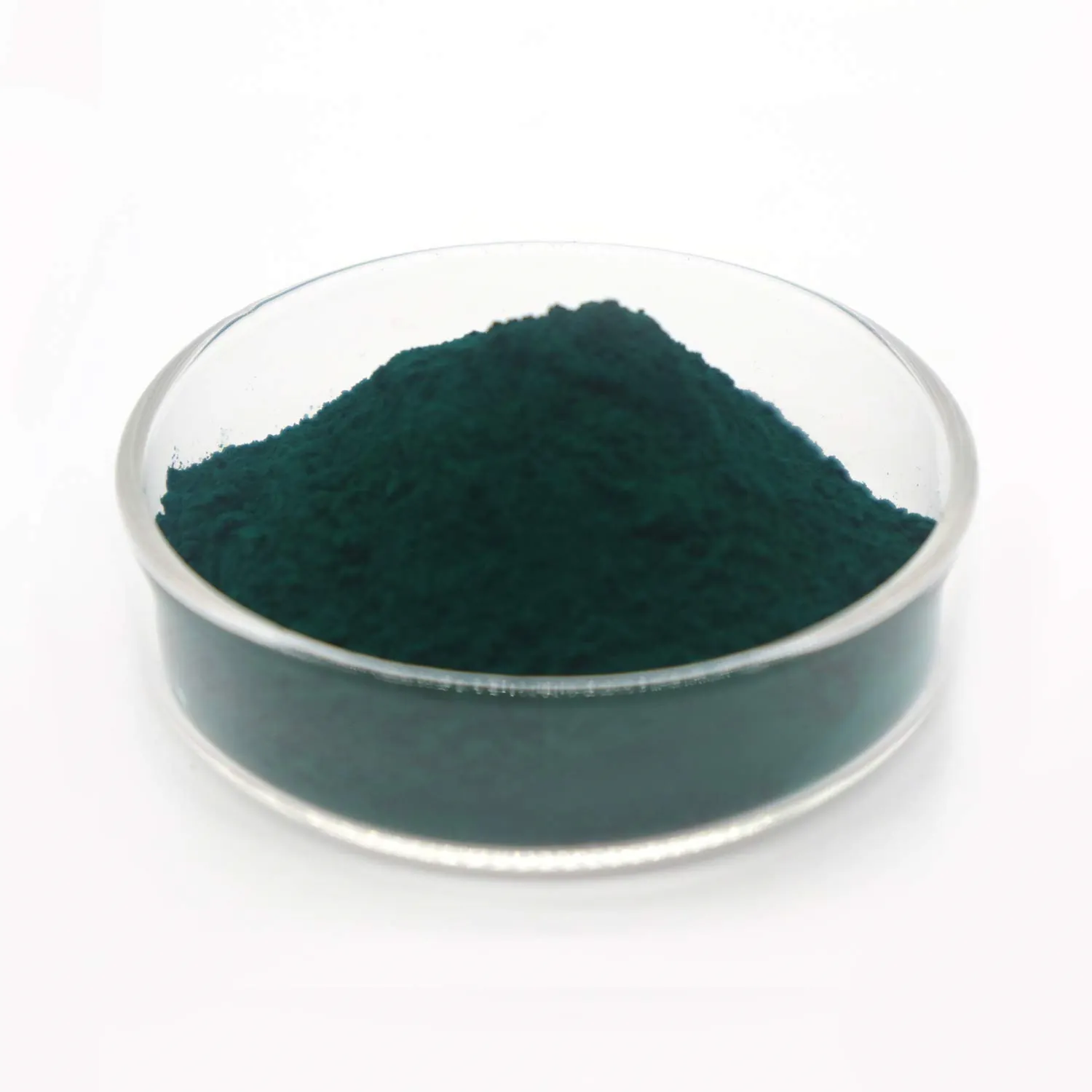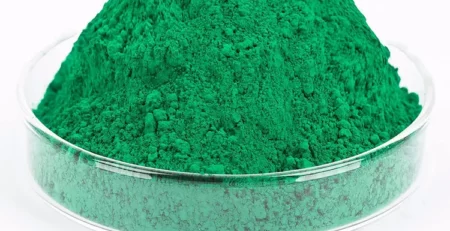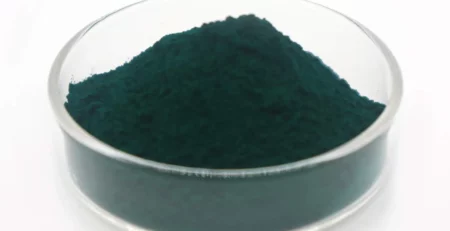How Yellowish Green Phthalocyanine Pigment Oil Absorption Capacity Contributes to Its Performance in Automotive Coating Applications?
Introduction:
Yellowish green phthalocyanine pigment is a popular choice for automotive coatings due to its excellent lightfastness and weather resistance. However, what most people don’t know is that the pigment’s oil absorption capacity plays a critical role in its performance. In this post, we’ll explore how this capacity contributes to the pigment’s effectiveness in automotive coating applications.
The Role of Oil Absorption Capacity in Automotive Coatings:
Oil absorption refers to the amount of oil or other liquid a pigment can absorb without losing its properties. In automotive coatings, oil absorption capacity is essential for several reasons:
-
- The pigment’s ability to absorb oil ensures that it mixes well with the coating’s liquid components, resulting in a smooth, even finish.
-
- The pigment’s oil-absorbing capacity determines its durability and longevity. A pigment that can absorb more oil will last longer than one that can’t.
-
- The pigment’s oil-absorbing capacity also determines the amount of pigment required to achieve the desired color. A pigment with high oil absorption capacity requires less pigment to achieve the desired color than one with low oil absorption capacity.
Factors Affecting Oil Absorption Capacity:
The oil absorption capacity of yellowish green phthalocyanine pigment is affected by several factors, including:
-
- The quality of the pigment
-
- The particle size of the pigment
-
- The type and quantity of oil used in the coating
-
- The method used to incorporate the pigment into the coating
The Benefits of Using Yellowish Green Phthalocyanine Pigment:
Yellowish green phthalocyanine pigment offers several benefits in automotive coatings, including:
-
- Excellent lightfastness and weather resistance, ensuring that the coating maintains its color and gloss even after prolonged exposure to sunlight and harsh weather conditions
-
- Easy to mix with other pigments and coating components, resulting in a uniform color and texture
-
- Excellent coverage and hiding power, minimizing the amount of pigment required to achieve the desired color and reducing costs
-
- Good adhesion to a variety of substrates, ensuring that the coating adheres well and lasts longer
Examples of Yellowish Green Phthalocyanine Pigment in Automotive Coatings:
Yellowish green phthalocyanine pigment is widely used in automotive coatings, such as:
-
- Paints for cars, trucks, and other vehicles
-
- Coatings for wheels and rims
-
- Coatings for engine components and other parts that require high heat resistance
How to Choose the Right Yellowish Green Phthalocyanine Pigment:
When choosing a yellowish green phthalocyanine pigment for automotive coatings, consider the following factors:
-
- The oil absorption capacity of the pigment
-
- The quality and particle size of the pigment
-
- The type and quantity of oil required for the coating
-
- The method used to incorporate the pigment into the coating
-
- The desired color, hiding power, and other properties of the coating
FAQs:
Q1. What is the oil absorption capacity of yellowish green phthalocyanine pigment?
A1. The oil absorption capacity of yellowish green phthalocyanine pigment varies depending on the quality and particle size of the pigment. However, it typically ranges from 30-50 grams of oil per 100 grams of pigment.
Q2. How does the particle size of the pigment affect its oil absorption capacity?
A2. Pigments with smaller particle sizes tend to have higher oil absorption capacities than those with larger particle sizes. This is because smaller particles have a larger surface area and, therefore, can absorb more oil.
Q3. Can yellowish green phthalocyanine pigment be used in high-temperature applications?
A3. Yes, yellowish green phthalocyanine pigment is suitable for use in high-temperature applications, such as coatings for engine components. However, it’s essential to choose a pigment with high heat resistance for such applications.
Q4. What is the difference between oil absorption and oil-wet-out?
A4. Oil absorption refers to the amount of oil a pigment can absorb without losing its properties. Oil-wet-out refers to the ability of a pigment to wet out in the coating’s liquid components, resulting in a smooth, even finish.
Q5. Can yellowish green phthalocyanine pigment be mixed with other pigments?
A5. Yes, yellowish green phthalocyanine pigment can be mixed with other pigments to achieve a wide range of colors. However, it’s essential to consider the compatibility of the pigments and the method used to incorporate them into the coating.
Conclusion:
Yellowish green phthalocyanine pigment’s oil absorption capacity plays a critical role in its performance in automotive coatings. Its ability to absorb oil ensures that it mixes well with the coating’s liquid components, resulting in a smooth, even finish. It also determines the durability, longevity, and cost-effectiveness of the pigment. When choosing a yellowish green phthalocyanine pigment for automotive coatings, consider the pigment’s oil absorption capacity, quality, particle size, and other factors. By doing so, you can ensure a high-quality coating that meets your needs.
“The beauty of automotive coatings lies in the depth of their colors, and the yellowish green phthalocyanine pigment plays a pivotal role in achieving those stunning hues.” – Anon
Call to Action:
Visit https://www.gajananorganics.com/ to learn more about our high-quality pigments, including yellowish green phthalocyanine pigment, that can help to enhance the performance of your automotive coatings.





